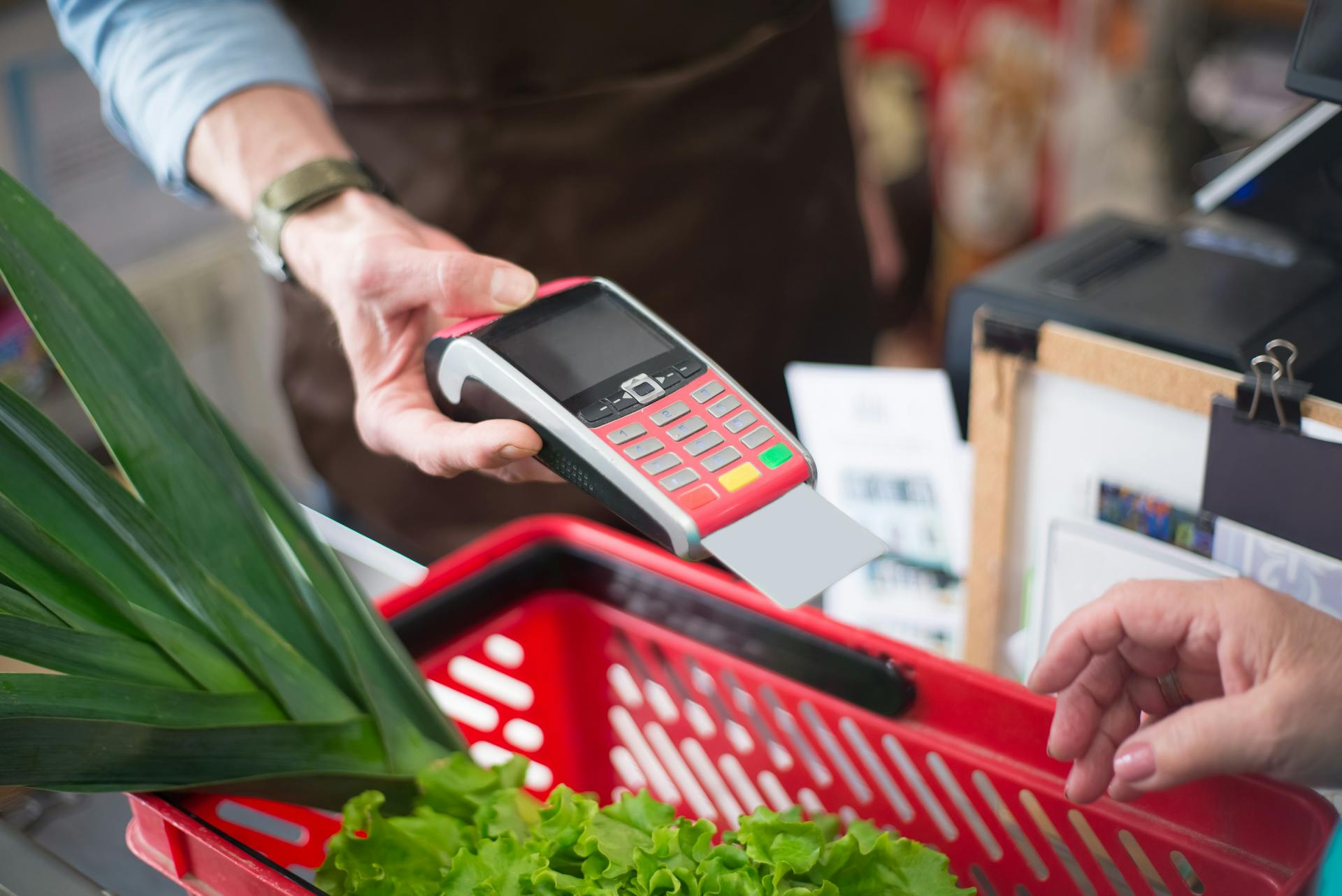Fintech entrepreneurship to drive financial inclusion in Latin America
Internet transactions, online credit applications, remote bank account openings… These are just a few of the tools that fintech innovation provides to users and businesses to promote financial inclusion, a significant challenge in the region.
In Latin America, low banking penetration rates remain a major obstacle to development. Although the percentage of Latin Americans with bank accounts has drastically increased in recent years — from 55% in 2017 to 74% in 2021 — accelerated by the COVID-19 crisis, 122 million people in the region (approximately 26% of the population) were still unbanked in 2021, according to World Bank data.
Income inequality, the informal economy, lack of access to financing, or low competitiveness of SMEs are some of the consequences of gaps in financial inclusion. Fintech entrepreneurship aims to address these issues through technology: from digital payment solutions to increase merchants’ profits to access to credit, this sector makes a difference in the economy across the region, especially for sectors like micro, small, and medium-sized enterprises.
Fintech and banking, a parallel evolution
The COVID-19 pandemic boosted fintech entrepreneurship in the region: the number of startups in the sector doubled between 2018 and 2021, according to the Inter-American Development Bank. Latin American fintech companies also attracted a record venture capital investment of $6.093 billion in 2021, compared to $1.629 billion in 2020.

The World Bank’s Global Findex 2021 study showed that during the COVID-19 period, Latin America experienced the highest increase in financial inclusion worldwide, up to 19% between 2017 and 2021. This increase was, in part, driven by innovation: digital payments and online shopping enabled individuals and businesses to continue operations despite mobility restrictions. Fifteen percent of Latin American adults made their first digital transaction during that period, and just among Visa users, 13 million people made their first e-commerce purchase in the first quarter of March 2020.
The impact on population digitization was significant — internet penetration in Latin America increased from 43% in 2012 to 78% in 2022 — as was the impact on banking penetration: in Colombia alone, for example, 1.5 million people were banked in 2020. Today, nearly 75% of digital bank customers are consumers and small and medium-sized enterprises that were previously unbanked or underbanked, according to the International Monetary Fund.
The importance of financial inclusion
The financial inclusion of individuals and SMEs has a widely proven positive impact on growth and poverty reduction, explains Eduardo González, head of BBVA Spark in Argentina and Colombia. “According to reports from the National Banking and Securities Commission in Mexico, five direct impacts are identified: increased financial resilience, leveraging opportunities, investment in assets, increased social welfare, and empowerment of women,” he adds.
Various case studies in Latin America demonstrate the potential of financial innovation to improve inclusion and reduce inequality. In Mexico, 75% of small businesses that incorporate digital platforms and payments have experienced revenue growth. The instant payment system Pix, launched by the Central Bank of Brazil in 2020, has achieved massive adoption (representing 29% of transfers in the country in 2022) and helped boost e-commerce and the ability of small merchants to accept digital payments.
In Colombia, during the pandemic, the government expanded existing programs and introduced new initiatives for monetary transfers to vulnerable people via mobile phones, which had a positive impact on aspects such as household financial health. Meanwhile, in Argentina, where the Central Bank implemented the Transferencias 3.0 initiative in late 2021, payments made through mobile banking accounted for 60% of total transactions in October 2022.

The challenge: bringing financial inclusion to all
Although financial inclusion figures have improved in the region, significant economic inequalities persist. A recent Mastercard study found that the percentage of consumers in Latin America without an account at any financial institution decreased from 45% in 2019 to 21% in 2023, but only 59% of low-income respondents and 40% of those living outside major cities had one. According to Deloitte, there is also a gender gap (women in the region have lower ownership of debit cards, credit cards, and loans) as well as an educational gap.
Promoting banking and financial innovation in rural areas of Latin America is a pending task, says Fermín Bueno, co-founder and managing partner of Finnovista. “In the end, the large metropolitan areas in Latin America are easier to financially include because digital technology penetration is a prerequisite to delivering these solutions,” he explains. Thus, the lack of infrastructure ensuring connectivity and access to high-end mobile devices is a major impediment to the penetration of solutions such as digital payments and collections.
Although entrepreneurship is already seeking ways to overcome this obstacle: for example, the Argentine fintech Menta distributes its own sales terminals with its own Wi-Fi connection among local businesses. “We offer a simple digitalization strategy for businesses to respond to the needs of their consumers,” explains Alejandro Quirno, CFO of the company. “We have identified that a store that only accepted cash increases its sales by almost 17% after acquiring a digital payment terminal.”

Future trends: open banking, lending, or embedded finance
The online lending segment is one of the fintech niches with the greatest growth potential: only three out of ten Latin Americans have access to credit forms such as loans, insurance, or investment products. Fintechs like the Mexican Kueski emerge precisely to “address the need for payment and credit infrastructure with a business model that adapts to customers who are not banked by traditional institutions, relying on technology,” explains Andrew Seiz, vice president and finance head of the company. “For example, advances in machine learning and AI have enhanced the ability to assess individuals’ and companies’ credit risk more efficiently.”
Open banking is another major growth opportunity for the fintech sector and, consequently, for financial inclusion, notes Fermín Bueno of Finnovista. “The main way governments can support is by facilitating that regulation and investment to help with the deployment of infrastructures, so that access to digital technology is the same in urban and rural areas.” Just a few weeks ago, Colombia regulated open finance “to generate more competition in the credit market and facilitate the entry of more people into the financial system,” as indicated by the Financial Superintendence; following in the footsteps of countries like Brazil or Argentina.
“The number of clients [of fintechs] will continue to grow. This year, in all the ecosystems where we have conducted in-depth research (Argentina, Chile, Colombia, Peru…), we have seen growth rates of around 20%, rates that are consistent with those of recent years. In addition, we see that fintech will continue to be the main recipient of venture capital funding, around 30 to 40%,” predicts Bueno. “There is still a lot of pain, many needs that still need to be addressed, with solutions that are not reached through traditional banking. That is the great opportunity in Latin America.”



